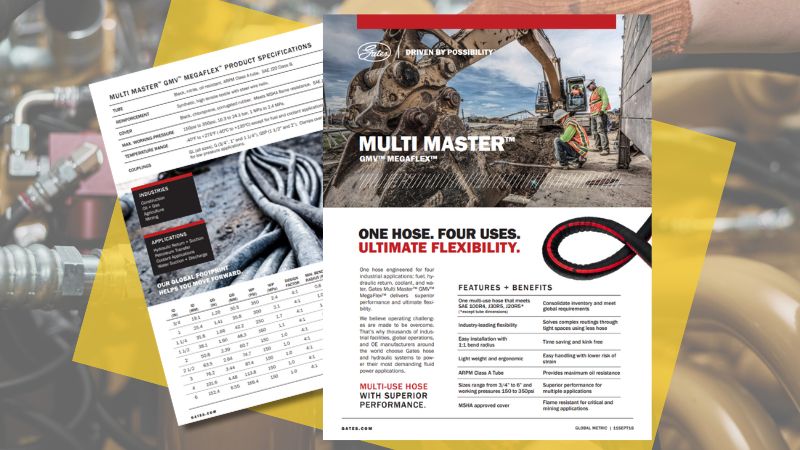
Understanding Hydraulic Hose Specifications
Hydraulic hoses are pivotal components in various industrial applications across the world. Understanding hydraulic hose specifications is crucial for engineers, mechanics, and buyers when selecting the right hydraulic hose assembly for a specific application. In this article, I’ll help you understand the key specifications that define a hydraulic hose and their significance.
The basics of hydraulic hose construction
Hydraulic hoses are essentially made up of three elements: an inner tube that carries the fluid, one or more reinforcement layers that support the tube, and a cover that protects the hose from damage caused by abrasion or UV and ozone exposure.
Inner Tube: The inner tube is the core component of a hydraulic hose, responsible for containing and transporting the hydraulic fluid. This tube is usually made from synthetic rubber or thermoplastics, which are selected based on their compatibility with various types of hydraulic fluids and their ability to withstand different operating temperatures and pressures.
Reinforcement Layer: This layer is crucial for providing the necessary strength and flexibility to the hose. Typically made from steel wire or textile, the reinforcement layer is designed to support the inner tube and enable the hose to withstand high-pressure demands. Steel wire reinforcements are used for more rigorous, high-pressure applications, while textile reinforcements are employed in lower pressure scenarios.
Outer Cover: The outer cover of the hydraulic hose serves as a protective layer against environmental factors such as UV radiation, extreme temperatures, abrasion, and chemical exposure. Usually made of durable materials like synthetic rubber or thermoplastics, the cover is essential in safeguarding the hose’s structural integrity and longevity, especially in harsh working conditions.
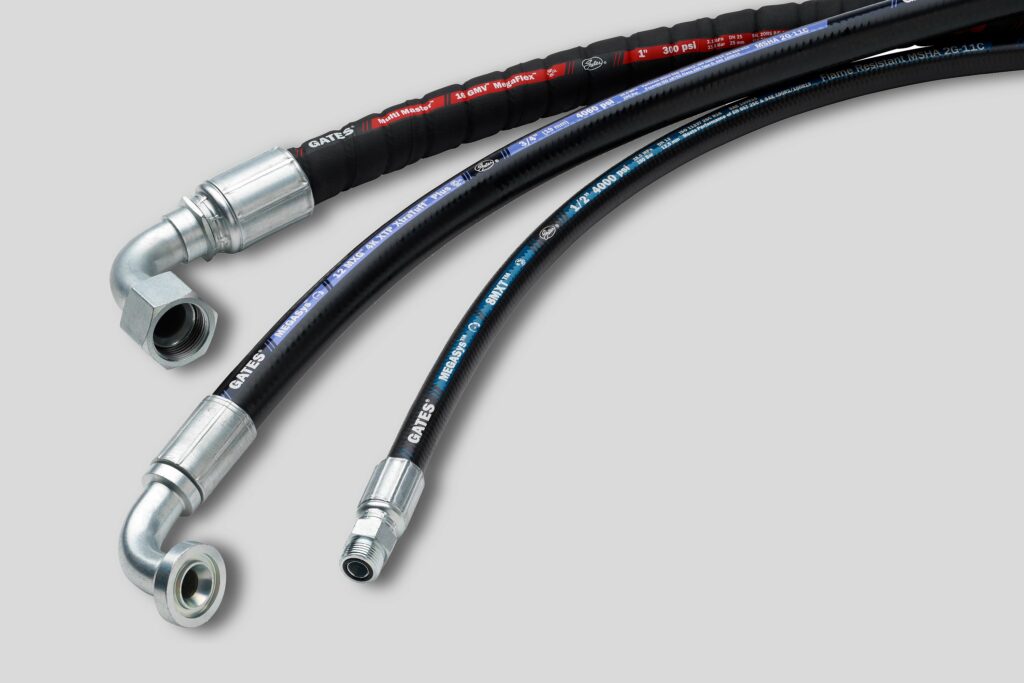
9 Key hydraulic hose specifications
Understanding the key hydraulic hose specifications is paramount. These specifications – encompassing materials, temperature range, diameters, pressure ratings, and more – fundamentally determine a hose’s performance, durability, and suitability for specific applications. Below I examine these critical aspects that affect the efficiency and reliability of hydraulic hoses in various industrial scenarios.
1. Materials (tube, reinforcement, cover)
- Tube materials: The tube material is selected based on its compatibility with the type of hydraulic fluid it will carry. Common materials include nitrile, which is used for oil-based fluids due to its excellent oil resistance, and PTFE (Polytetrafluoroethylene), known for its exceptional resistance to corrosive media. The choice of tube material significantly affects the hose’s performance and durability.
- Reinforcement materials: The reinforcement layer is pivotal in determining the hose’s overall strength and flexibility. Steel wire is typically used for high-pressure applications, as it provides superior strength and durability. On the other hand, textile materials are chosen for lower pressure applications, offering a good balance of flexibility and strength, suitable for less demanding environments.
- Cover materials: The cover material is designed to protect the hose from external damage and degradation. Materials such as neoprene are commonly used due to their good resistance to weather, oil, and abrasion. The cover’s resilience ensures the hose can withstand tough external conditions, extending its usable life and maintaining its performance.
2. Temperature range
Specifies the operational temperature limits of the hose. For example, standard hoses might operate between -40°F and +212°F, but special materials can extend this range.
3. Hose inside diameter (I.D.)
The inside diameter of a hydraulic hose is a key determinant of the flow rate and velocity of the hydraulic fluid. A larger I.D. is essential in high flow rate applications, as it helps reduce the pressure drop and mitigate heat generation, thereby enhancing the efficiency and safety of the hydraulic system.
4. Hose outside diameter (O.D.)
The outside diameter of the hose is crucial, especially when it comes to fitting the hose into tight spaces and through various routing paths. The O.D. also significantly influences the bend radius of the hose, affecting its flexibility and how it can be installed in confined areas.
5. Working pressure
The working pressure rating of a hydraulic hose denotes the maximum pressure that the hose is designed to handle safely. For instance, a hose rated at 3000 psi is tailored for use in high-pressure hydraulic systems, ensuring reliability and performance under intense pressure conditions.
6. Minimum burst pressure
The minimum burst pressure specification is typically set at four times the working pressure of the hose. This figure serves as a crucial safety margin, indicating the pressure at which the hose is likely to fail, thereby providing a measure for the hose’s strength and reliability in extreme conditions.
7. Minimum bend radius (MBR)
The minimum bend radius is another important hydraulic hose specifications. It indicates the smallest radius to which the hose can be safely bent without causing damage or compromising its structural integrity. A smaller MBR is advantageous as it provides greater flexibility in the installation and routing of the hose, especially in complex or confined setups.
8. Vacuum
This specification indicates the hose’s ability to withstand vacuum or suction pressures without collapsing. This characteristic is particularly important in applications where the hose is subjected to vacuum conditions, ensuring that it maintains its shape and functionality under such pressure differentials.
9. Recommended application/fluid compatibility
This specification details the specific types of hydraulic fluids or applications for which the hose is suited. It is critical for ensuring chemical compatibility between the hose materials and the hydraulic fluids used, as well as for optimal performance and longevity of the hose in its designated application.
Standards and certifications in Canada
Standardization of hydraulic hoses is crucial to ensure safety and efficiency in various industries. In Canada, there are several standards associated with hydraulic hoses, including the following:
- ISO: 18752, 11237, 3862, 1436
- SAE: J517, J1402, J1942, J2024, J3062
- FMVSS 106
Of all these standards, three in particular stand out: ISO 18752, SAE J517 and FMVSS 106.
The ISO 18752 standard is a significant international standard, providing requirements for ten classes, four grades and seven types of wire- or textile-reinforced hydraulic hose. Its objective is to establish a universal standard that can be applied worldwide, reducing the complexity of working with hydraulic hose on international projects.
The SAE J517 standard was developed by the Society of Automotive Engineers. It specifies dimensional and performance requirements for various types of hydraulic hose and is particularly important for automotive, industrial and hydraulic applications in North America.
Finally, FMVSS 106 (Federal Motor Vehicle Safety Standard 106) defines the requirements for hydraulic brake hoses, assemblies and fittings used in motor vehicles. It ensures that hoses are capable of withstanding high pressures and temperatures while resisting deterioration due to brake fluids and external conditions.
In conclusion
Understanding the many hydraulic hose specifications is fundamental to facilitating the selection of the right hose for your hydraulic system. By carefully considering factors such as inner and outer diameters, working pressure, burst pressure, bending radius and fluid compatibility, you can choose the hose that best suits your system without compromising safety and performance. Consult our complete guide to hydraulic hose selection for more information and if in doubt, call on the hydraulic hose experts at Marshall Equipment.
At Marshall Equipment, we offer a wide variety of hydraulic hoses from well-known brands such as Gates and Dixon. Our experts in hydraulic and pneumatic hoses and fittings can help you choose the right hose for your application and even perform hydraulic hose assembly and repair for you. Visit our products and services sections to discover the full range of our products and services.

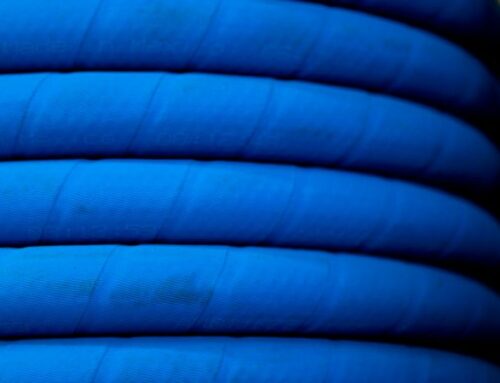
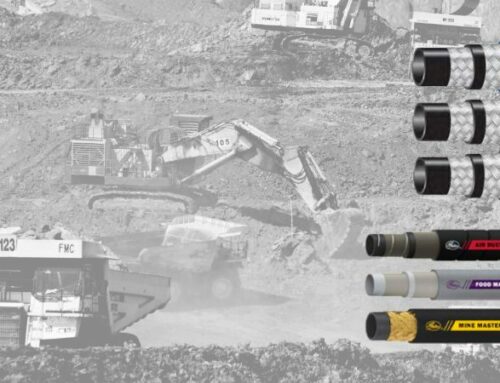
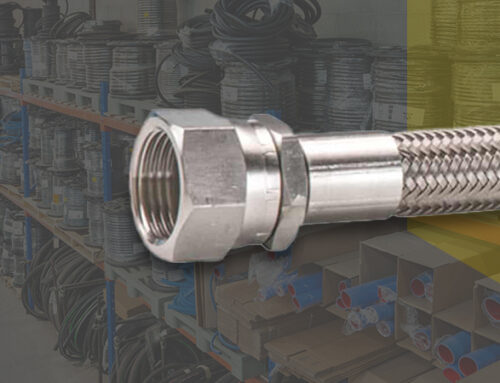
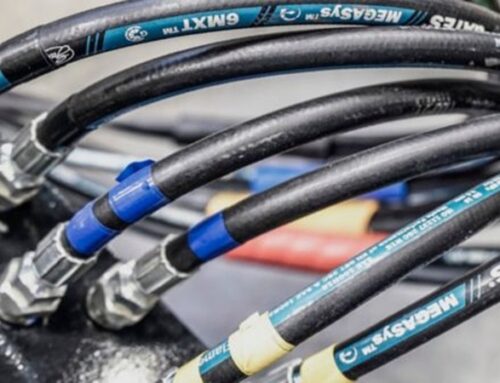
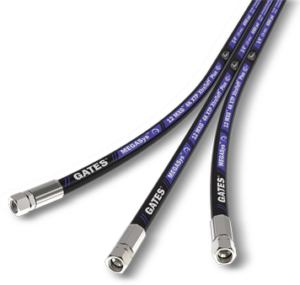
Follow Us